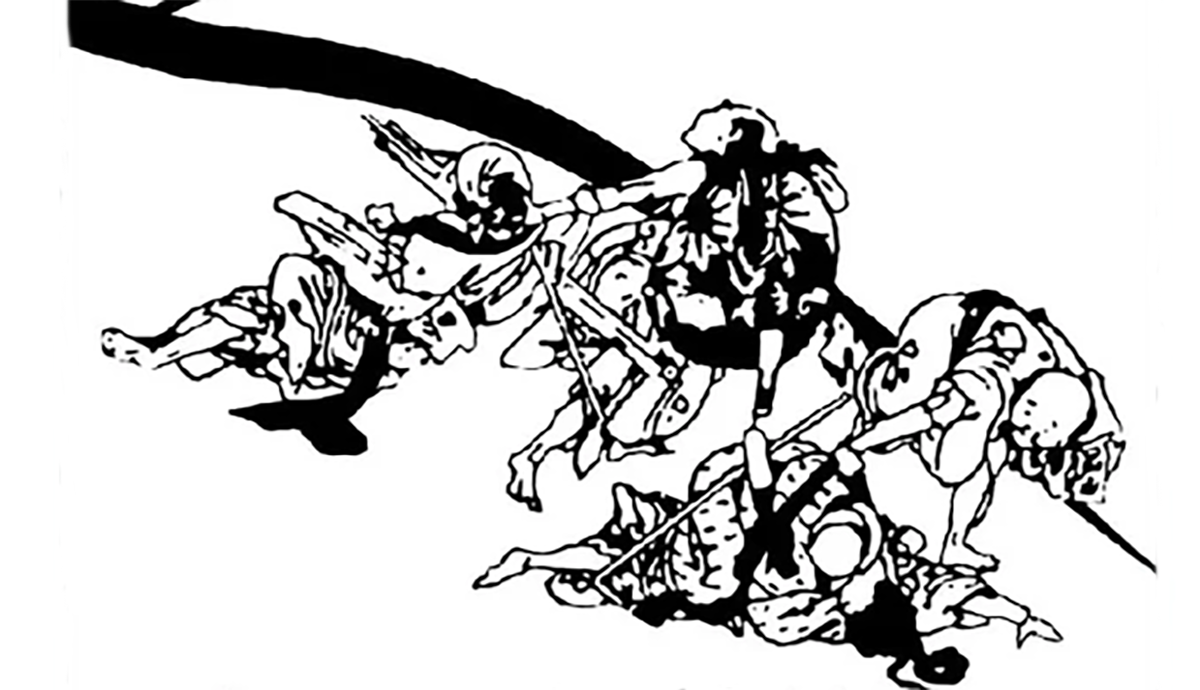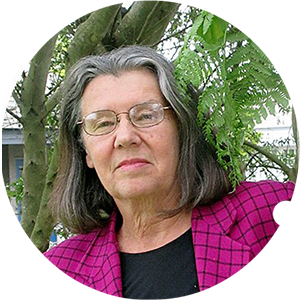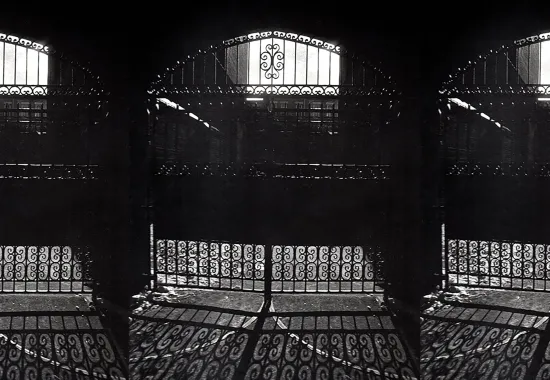A Review of “One Hundred Visions of War” by Julien Vocance
A movement of troops;
the noise of cracked tambourines
fading in the fog.
Haiku by haiku, French poet Julien Vocance (1878–1954) describes fighting in the trenches of World War I in his One Hundred Visions of War. Mired in mud (shrieking, cold soup, red teeth, corpses, lice), Vocance composes one hundred haiku, the visions of the title. Using the short lines, tercets, and concrete images of haiku, the poet brings the reader into the trenches of the Great War. He published his visions in 1916 and 1917. He fulfills the expectations and applies effectively the constraints common to Western literature’s take on haiku. American poet Alfred Nicol translates, closely contained by the demands of haiku as a form.
Painfully, the haiku define trench warfare and bring today’s Russia-Ukraine war vividly, immediately, unforgettably into our consciousness. Have we humans forgotten about war in the trenches? Do we imagine that modern war is fought only by drones, high-flying jets, missile launchers, and gizmos of recent technology? Do we think that sons and daughters come home whole, not maimed by seeing the white of the enemy’s eyes? Vocance’s tercets immerse the reader in the reality of today’s Ukraine and Russian soldiers who have re-dug and re-entered the trenches, fighting in what we perhaps mistook as being the old way.
To reach my skin, how
would bullets ever get through
my crusted woolens?
Blackening three months
between the trenches, the dead
have lost all their hair.
Serving in the army during 1914–’15, Vocance chose the haiku form to hold his war poetry. Japanese aesthetics and its poetic forms had newly drawn the attention of European and American poets and critics. Western understanding of Japanese art in the late 1800s deepened as Japan opened its shores, as Western artists and translators visited East Asia, and Orientalism became a high-brow fad in the West. Benefiting from the scarce but maturing knowledge of Asian poetry forms, Vocance used the little that was known about haiku’s form and its Imagist bent (brevity, objectivity, concreteness, angst-free).
A contemporary of Vocance, French poet Paul-Louis Couchoud wrote “[The haiku] is the simplest picture, in three movements of the brush …” Integral to the impact of Vocance’s visions is his adherence to Couchoud’s few “rules,” that is, an image and a tercet. In contrast to Vocance and Couchoud’s time, today’s haiku is soddened with “rules.” Dozens of do-nots are explored in how-to workshops and editorial gatherings. Instead of acknowledging that haiku primarily instigates in the reader T. S. Eliot’s “the peace which passeth understanding,” today’s critiquing of haiku turns into a game called “pissing on the Bo Tree.” Is it a haiku? Is it a real haiku? Haiku are inspected for dozens of faults. Vocance practices many of today’s prescriptive faults by using metaphors, personification, punctuation and caps. He doesn’t strictly adhere to the 5-7-5 syllable counts in his tercets. His haiku ignore the cut or turn in the poem’s mid-section that elicits “aha!” in the reader. He rarely has a seasonal reference, unless in his visions, the season is war, humans’ most persistent season.
Five yellow mummies
bathe in the reddened water
of the trenches, bombed.
To achieve these poems in One Hundred Visions of War, Vocance’s haiku (and Nicol’s translations) adhere to Couchoud’s definition: three lines and one centering image. Both poet and translator keep it simple: each haiku observes in present tense, depends on a soldier’s point of view, and records the sensual details in the narrow trenches. Poet and critic Dana Gioia’s “Preface” defines the strength of Vocance’s haiku, “Vocance’s poems are both visual and visionary but never grandiose. He reports rather than philosophizes.”
Vocance’s strength is not knowing about today’s intricacies of haiku. He gives what is valuable. Readers on the couches, book in hand, enter the trenches image by image. Vocance deals with what’s at hand, that is, the concrete detail that affects him spiritually and emotionally and physically. He honors and trusts the reader to “get it,” without the poet’s triggering lament, political rant, or intensifiers and qualifiers such as adjectives, adverbs, phrases, and embroideries of style that load the images and numb their effect. As a poet, he is positioned in a productive place in Western poetry: the ending of word-heavy and emotional outbursts of late Victorian poetry. The Imagist Movement was bending toward less heightened language and freshening of expression.
And after reading the book in one sitting, I say “Damn!” and “Woe!”
In addition to the poems’ strength, Wiseblood Book’s book design facilitates an intense read of the entire volume in one sitting. The book measures five by eight inches, smaller than standard poetry book sizes. With decent paper and secure spine, the size is handy; its thickness says full book of poems. Each haiku is given importance, being three lines to a page. This concentrated text box allows generous white margins, demanding the reader’s tight focus. The act of turning the page creates a rhythm that includes a reading, a pause for reflection, and another pause for expectation as the reader turns the page. Read it through, aloud in one sitting. You’ll find yourself reacting viscerally to the trenches of WWI and now Ukraine.
Nicol’s translation from the French respects Vocance’s form and content. But why does Nicol not universally follow the order of the Vocance’s lines within the tercet? At risk of entering the pervasive debate about what is a translation, the following is an example:
Vocance:
Des croix de bois blanc
Surgissent du sol,
Chaque jour, ça et là.
Nicol:
Every day, you see
new ones spring up from the ground:
white wooden crosses.
Carmen Sylvia Spiers
Literal translation:
Crosses of white wood
Rise from the ground,
Each day, here and there.
A haiku’s unfolding influences the reader. Each line’s placement is deliberate, affecting the entire utterance. Poet and professor Robert McNamara speaks of “the importance of the sequence of ideas, especially in short-form poems. The unfolding is so much of the poetic effect.”
Contrasting the three haiku above, Vocance’s first line opens with the white crosses, an oft-seen image in Europe’s battlefield cemeteries. Why does Nicol shift the crosses to the last line of his translation? Such a shift alters emphasis and tone. But all in all, Nicol’s translation serves the haiku with clarity and without fuss. It is reverent.
A blurb on the book’s cover contains only two words: “Holy shit!” My friend’s note that accompanied the book, a gift to me, is reduced to one word: “Wow!” And after reading the book in one sitting, I say “Damn!” and “Woe!”
Crushed by exhaustion,
they take the collapsed postures
of fallen corpses.






